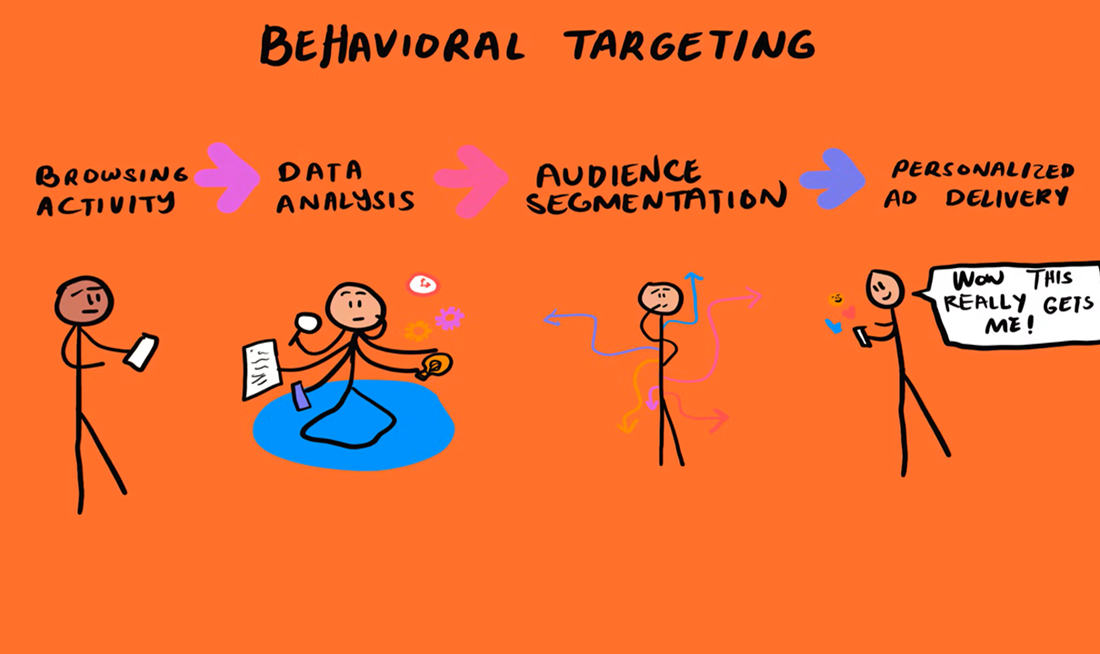Next-Gen Threat Detection Tools Every Security Team Needs
Cyberattacks are no longer a mere possibility—they are an inevitable threat. With more than 2,200 cyberattacks occurring daily, organizations must prepare for the reality of being targeted. From phishing schemes to advanced persistent threats (APTs), malicious actors continuously refine their tactics, rendering traditional security measures insufficient. Modern cybersecurity demands next-generation threat detection tools capable of real-time adaptation, immediate anomaly identification, and precise response execution.
The stakes have never been higher. In 2023, the average cost of a data breach exceeded $4.45 million, with figures continuing to climb. IT and cybersecurity teams face immense pressure to monitor expansive networks, filter through a vast array of security alerts, and distinguish genuine threats from false positives.
This discussion will examine the innovative technologies redefining digital asset protection. Key topics will include AI-driven threat detection, behavioral analytics, threat intelligence platforms, endpoint security solutions, and more. By the conclusion, organizations will gain insight into the most critical security tools to prioritize and how these advancements can significantly mitigate cybersecurity risks.
AI and Machine Learning: The Brainpower Behind Modern Threat Detection
Artificial Intelligence (AI) and Machine Learning (ML) are revolutionizing how cybersecurity teams detect and respond to threats. Instead of relying on static rules or pre-set parameters, these technologies learn from data patterns over time. This allows them to identify unusual behavior—even if it doesn’t match a known signature.
For example, machine learning algorithms can monitor login attempts across your network. If an employee who typically works 9 to 5 in New York suddenly logs in from Moscow at 3 a.m., the system can flag this as suspicious. These tools don’t just alert you—they can also automate responses, such as isolating an endpoint or blocking access entirely.
One of the key advantages of AI-driven threat detection is real-time analysis. Traditional systems often detect threats too late. By contrast, AI systems operate continuously, adapting to evolving attack vectors. Tools like Darktrace, Vectra AI, and IBM QRadar use machine learning to provide deep insights and proactive defense.
As cybercriminals use automation to scale their attacks, it’s only fitting that security teams fight fire with fire—leveraging AI to stay one step ahead.
Behavioral Analytics: Understanding the “Normal” to Spot the “Abnormal”
While firewalls and antivirus software protect against known threats, behavioral analytics focuses on the unknown. These tools work by establishing a baseline of normal behavior for users, devices, and systems. When deviations from this baseline occur, the system raises a red flag.
Consider a finance employee who typically accesses payroll software and internal spreadsheets. If that user suddenly starts downloading large volumes of sensitive data or accessing engineering repositories, behavioral analytics tools like Splunk UEBA or Exabeam can spot this deviation instantly.
Behavioral-based threat detection is especially powerful against insider threats—malicious or negligent actions by people within the organization. Because these threats often bypass perimeter defenses, traditional tools may not catch them. However, behavior-based monitoring can detect unusual access patterns, repeated failed logins, or privilege escalations.
In today’s workplace—where hybrid and remote work have blurred the lines of standard behavior—understanding user context is essential. Behavioral analytics gives security teams that necessary layer of insight.
Threat Intelligence Platforms: Turning Raw Data into Actionable Insights
Having access to threat data is important—but knowing what to do with that data is even more critical. That’s where threat intelligence platforms (TIPs) come in. These systems collect, aggregate, and analyze threat information from multiple sources, helping security teams make informed decisions quickly.
Popular platforms like Recorded Future, Anomali, and ThreatConnect go beyond basic threat feeds. They use enrichment tools to prioritize risks, correlate data across endpoints, and deliver contextual information that supports faster incident response.
For example, if your security information and event management (SIEM) system flags a suspicious IP address, a TIP can instantly check if that IP has been linked to ransomware campaigns, phishing attacks, or botnet activity elsewhere. This reduces the time analysts spend researching and helps them act confidently.
Another advantage of TIPs is collaboration. These platforms often allow organizations to share threat data across industries and with law enforcement. In sectors like finance, healthcare, and government, sharing timely intelligence can help prevent widespread breaches.
In an era of ever-changing threats, real-time intelligence is the compass guiding security teams through uncertain terrain.
Endpoint Detection and Response (EDR): Closing the Last Mile of Protection
Endpoints—laptops, desktops, smartphones, and IoT devices—are often the weakest link in any cybersecurity strategy. That’s why Endpoint Detection and Response (EDR) solutions have become a core component of next-gen security.
EDR tools like CrowdStrike Falcon, SentinelOne, and Microsoft Defender for Endpoint provide continuous monitoring and response capabilities across all endpoint devices. They don’t just detect threats; they investigate and contain them before damage is done.
A typical EDR scenario might involve a phishing email that tricks a user into downloading malware. While antivirus software might miss this, an EDR system can detect abnormal file behavior, isolate the device from the network, and notify security teams with forensic data.
EDR platforms often include features like automated rollback (restoring affected files), real-time threat hunting, and remote device management. These capabilities are especially critical for organizations with large or dispersed workforces.
As remote work becomes standard, ensuring that every endpoint is protected—and capable of defending itself—is non-negotiable.
Extended Detection and Response (XDR): The Unified Approach to Security
While EDR focuses on endpoints, Extended Detection and Response (XDR) expands that coverage across an organization’s entire ecosystem—networks, servers, cloud environments, and endpoints. Think of XDR as the evolution of EDR, offering broader visibility and integrated response mechanisms.
Platforms like Palo Alto Cortex XDR, Trend Micro Vision One, and Fortinet FortiXDR correlate data from multiple security layers to paint a unified picture of an attack. This context is vital. Instead of analyzing one alert at a time, XDR tools connect the dots across your infrastructure.
For example, if an attacker bypasses a firewall and moves laterally through the network, XDR can detect this progression by linking events that would otherwise appear isolated. This kind of cross-layered analysis helps eliminate blind spots and reduce alert fatigue.
Another major benefit of XDR is automation. By integrating with other tools—SIEM, SOAR, cloud platforms—it can automate playbooks that respond to threats in real time, cutting response time from hours to minutes.
As attack surfaces grow more complex, XDR delivers the central nervous system every security operation needs.
Cloud-Based Threat Detection: Securing the Future of Remote Infrastructure
As organizations migrate to the cloud, so do their vulnerabilities. Whether you use AWS, Azure, Google Cloud, or a hybrid setup, cloud-native threat detection tools are essential for securing data, applications, and access points in these environments.
Cloud-focused tools like AWS GuardDuty, Microsoft Defender for Cloud, and Prisma Cloud are built specifically for detecting anomalies in virtual machines, APIs, and identity configurations. They can identify misconfigurations, excessive permissions, and suspicious login behaviors—issues often exploited by attackers.
Take, for example, an instance where a storage bucket is accidentally left publicly accessible. A traditional network security tool might miss this. However, a cloud-native threat detection platform can alert teams immediately and even auto-remediate the issue.
Additionally, these tools integrate tightly with cloud access security brokers (CASBs), identity and access management (IAM) solutions, and DevSecOps pipelines—ensuring that cloud security becomes part of your workflow, not an afterthought.
As cloud adoption accelerates, investing in tools that can keep pace with your infrastructure is vital to maintaining security at scale.
Conclusion
Cyber threats continue to grow in sophistication, targeting organizations with increasing precision and persistence. However, cybersecurity technologies have also advanced significantly. AI-driven analysis, behavioral monitoring, unified threat detection platforms such as XDR, and cloud-native security solutions now empower security teams with enhanced capabilities to detect and respond to threats effectively.
Each next-generation security tool provides a distinct layer of protection, but collectively, they establish a comprehensive defense system. This integrated approach ensures real-time threat detection, minimizes potential damage, and adapts to emerging risks. Whether managing security within a small IT department or overseeing enterprise-scale cybersecurity operations, understanding and leveraging these technologies is essential for reinforcing long-term digital protection.



Duolingo Replaces Contractors with AI in an Educational Shake‑Up « Student Teacher Location
June 18, 2025[…] Next-Gen Threat Detection Tools Every Security Team Needs […]